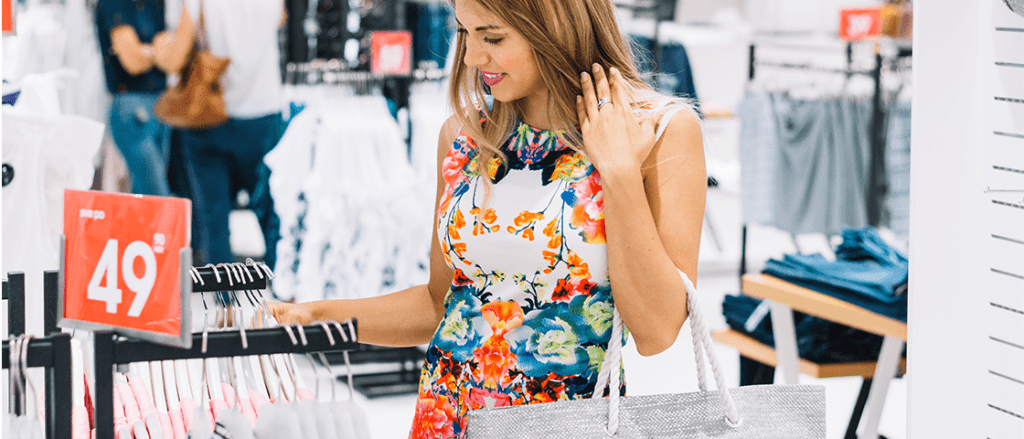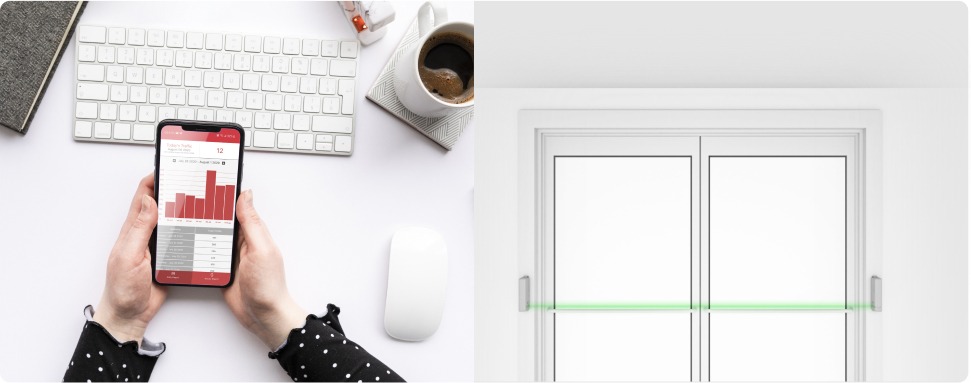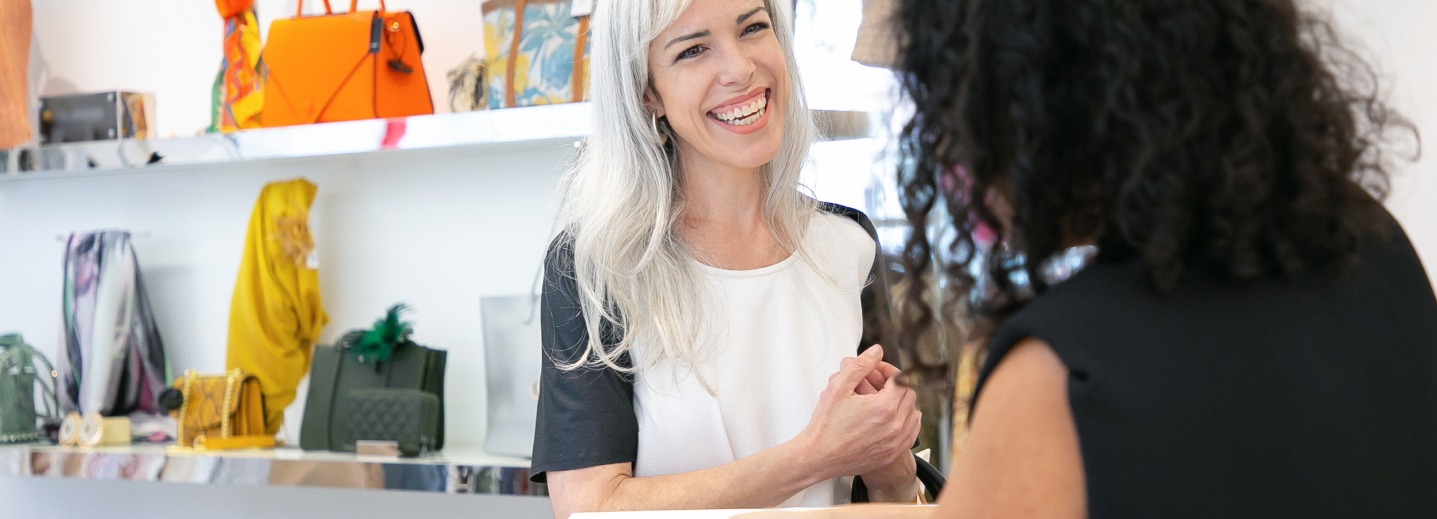No matter how easy online shopping becomes, there’s one advantage traditional brick-and-mortar retailers have over online competitors that will never go away — the impulse buy.
More than 80 percent of purchase decisions are still made in a physical store, and savvy retailers can harness the power of psychology to boost the “gotta have it” appeal of shoppers seeing something with their eyes and being able to drop it in their cart right then and there. Although retailers can trust in customers’ abilities to find those impulse items, it’s more effective to put displays to work by making those items more prominent.
As a retailer, you probably are already aware of the power point-of-purchase (POP) displays can have for driving impulse buying, but you may not be aware of some of the more subtle ways they can be optimized to spur customers to purchase. Something as simple as the colors used in the display can inspire shoppers to stop and shop.
For example, the use of green and purple in a POP display will catch the eye of shoppers specifically looking for a bargain, while red and orange are more likely to grab people to make an impulse purchase. Different types of store layouts also have an impact on how customers shop, with free-flowing layouts promoting shoppers to bounce from display to display in no particular order, and prompting them to buy impulse items more freely.
There are numerous psychological methods retailers can use to make their POP displays catch shoppers’ attention, and make them seem even more appealing. The following guide illustrates some of the ways retailers can utilize layout, colors and other elements to make their stores more inviting to customers. By following these tips, retailers can drive bigger sales and put the power of POP to work for them.
Author Bio: Sheila Johnson is an expert writer at shopPOPdisplays. Her colorful background includes merchandising, and retail and display marketing for a variety of industries.










